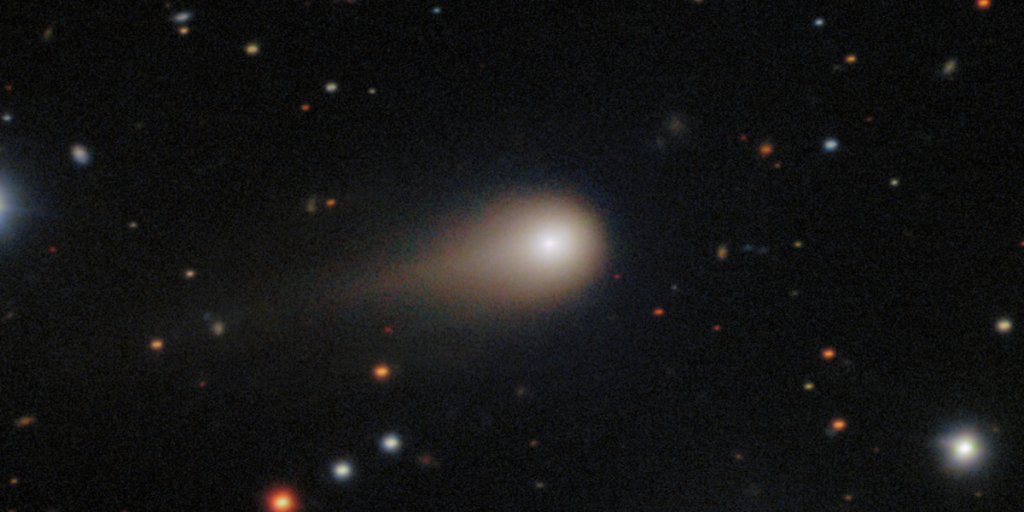Now the unusual path of 3I/ATLAS is again in the spotlight, with fresh claims it could distribute devices as it sweeps past Jupiter.
Others are reading now
Astronomers have long treated most interstellar visitors as scientific curiosities rather than deliberate travellers.
So when a Harvard researcher suggested that one of them might be acting with intention, it reignited a wave of speculation that space agencies have been keen to quiet.
Trajectory questions
According to the New York Post and earlier reports from the Daily Star, Harvard astrophysicist Avi Loeb argues that the object’s route is uncannily well suited for deploying probes around the gas giant.
He described 3I/ATLAS’s behaviour as the work of a possible “civilisation,” calling its alignment with Jupiter an “extraordinary coincidence.”
NASA, which previously held a briefing to address the swelling rumours, dismissed such theories outright and reiterated its classification of 3I/ATLAS as a comet.
Also read
Agency scientists warned against over-interpreting a natural object’s path despite public interest.
Prof Loeb has continued to challenge that view.
He noted that the body will pass close enough on March 16 next year to release “satellites,” emphasising that its course places it deep inside Jupiter’s Hill Radius, where the planet’s gravity dominates.
Jupiter encounter
Citing NASA calculations, reports say the object will come within 53.445 million kilometres of the planet just before St Patrick’s Day.
Loeb suggested it could “seed” small devices into orbit, arguing that such a region requires minimal fuel for stability.
Also read
The Israeli-American physicist also linked the theory to earlier observations, pointing out that 3I/ATLAS will approach Earth on December 19 at what he called a potentially historic proximity.
“This multi-jet structure constitutes a remarkable target for future observations… Its minimal distance from Earth will be 269 million kilometers,” he told Medium.
He added that jets associated with the object are unlikely to be captured by satellites around Earth.
“It is therefore unlikely that particle probes on Earth-based satellites will be able to capture particles from these jets,” he said.
Limited visibility
Loeb also noted limitations for spacecraft already in the Jovian system.
Also read
“The same holds for the particle detectors on NASA’s Juno spacecraft around Jupiter… from a distance of 53 million kilometers,” he said, arguing that even dedicated missions cannot intercept material from the object.
ESA’s Juice probe, currently en route to the same region, is likewise too far to observe the jets.
“Similarly, ESA’s Juice spacecraft on its way to Jupiter, is currently 64 million kilometers from 3I/ATLAS and unable to intercept these jets,” he stated.
Sources: Daily Star, New York Post, Medium, NASA


